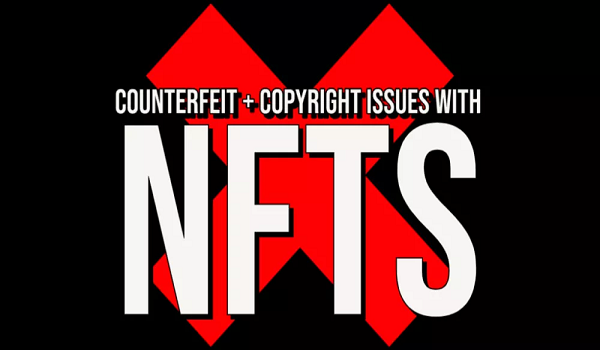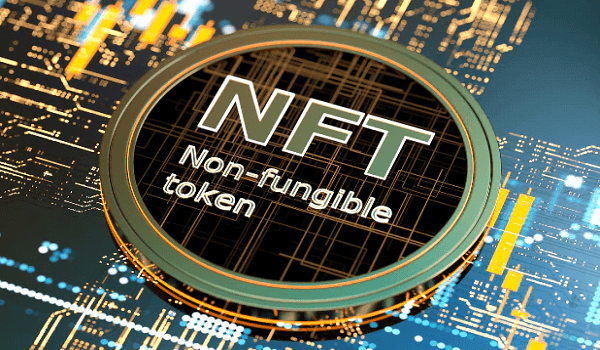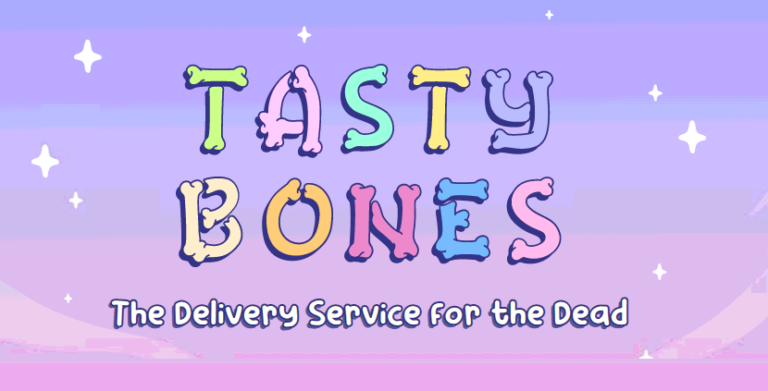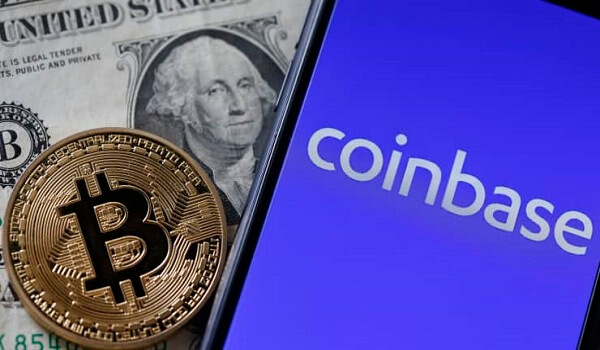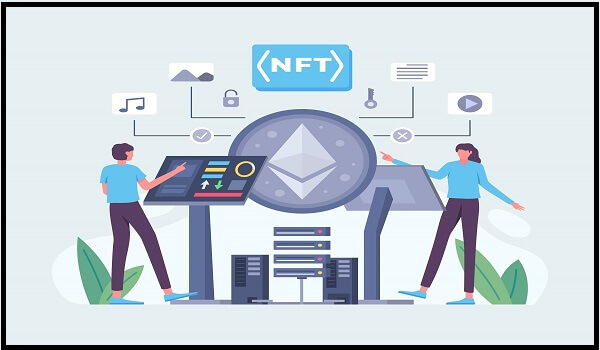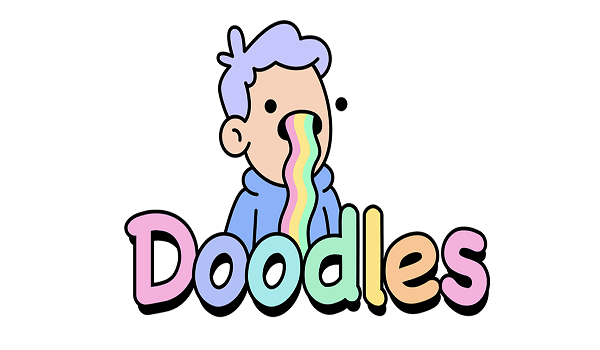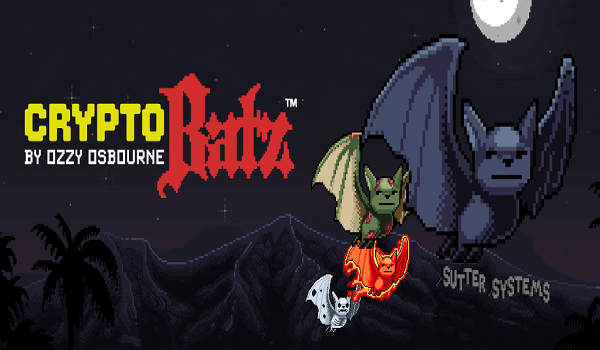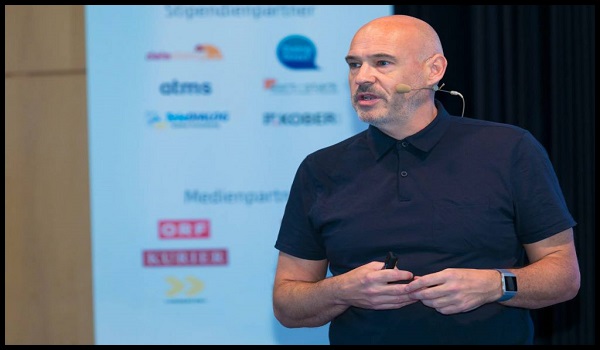Modern-day digital artists and content creators who are working with non-fungible tokens (NFTs) and use the blockchain to sell their work may find the security that the system offers is unmatched. This is true in many ways. The blockchain is a virtual record of all transactions made on it and has a permanent indicator of who is the owner of the digital product that is being sold. Anyone can view who has bought and sold an NFT and when they made the transaction. It also records the amount involved and the identities of the people who were part of the trade.
However, ownership of NFTs has a more complex reality than what is apparent. While one may think that NFTs are completely free from regulatory scrutiny, there are more factors to consider since the product being sold is artwork over the internet. Art is governed by various copyright protections that NFT sellers and buyers must consider, which will only help unleash the potential of the product.
(Source: nftculture)
Under United States law, any kind of original work, whether it is music, literature or other art forms, must be legally registered with the government to get any legal protection in terms of damages from infringement of that intellectual property. While the original copyright of any work belongs to the author of that piece of work, it can be transferred to anyone by trade or other means.
However, in terms of NFTs, the purchaser of the token owns only a blockchain hash that is unique and has a record of all the transactions made on that blockchain. NFTs are only digital representations of some artwork, and sometimes are completely distinct from the original work itself. There can be no duplicate NFTs since every token is associated with only one piece of work. Because of this unique feature of NFTs, many could associate owning a token with owning a piece of art itself. But this is not necessarily the case.
(Source: thewrap)
The blockchain cannot also identify whether the token someone is buying is an original piece of work or simply a copy of someone else’s art. Wired magazine reported last month that NFT thieves made copies of the work done by a dead artist and passed them off as originals to the artist’s fans online. Scammers stole not only the artist’s work, but their very identity itself.
Coindesk reported in April that a hacker did not even spare the world’s most expensive NFT: the $69 million work by Beeple titled “Everydays: The First 5000 Days”.
NFTs also are only a reference to the artwork that is being bought. The content within the NFT is stored on a server and the NFT will give you a link to access that piece of content. If the host server crashes or some disaster occurs at the data center, the NFT is worthless and will contain nothing.
While it seems like this is all bad news for NFT buyers, especially for the ones who have bought unstable tokens in the past, the NFT boom has brought in a massive paradigm shift in the art world by making the actual creative work of artists more accessible. With proper study, it is possible to find some magnificent pieces of NFTs that can be treasured for ages.
To avoid any mess, NFT buyers must put in a few hours of research before they buy their favorite tokens. One way they can do this is by contacting the artist before they start any transaction to make sure that the work they are buying is original. They must also get in writing the intellectual property terms of the NFT and whether they are protected from future resales and distributions of the token. NFT buyers must also investigate whether the platform they are buying NFTs on is legitimate and reputable. A few other things to consider are whether the platform has the rights to sell the NFT and whether the vendor owns the copyright to the token. It would also be wise to look at the blockchain technology being used.

